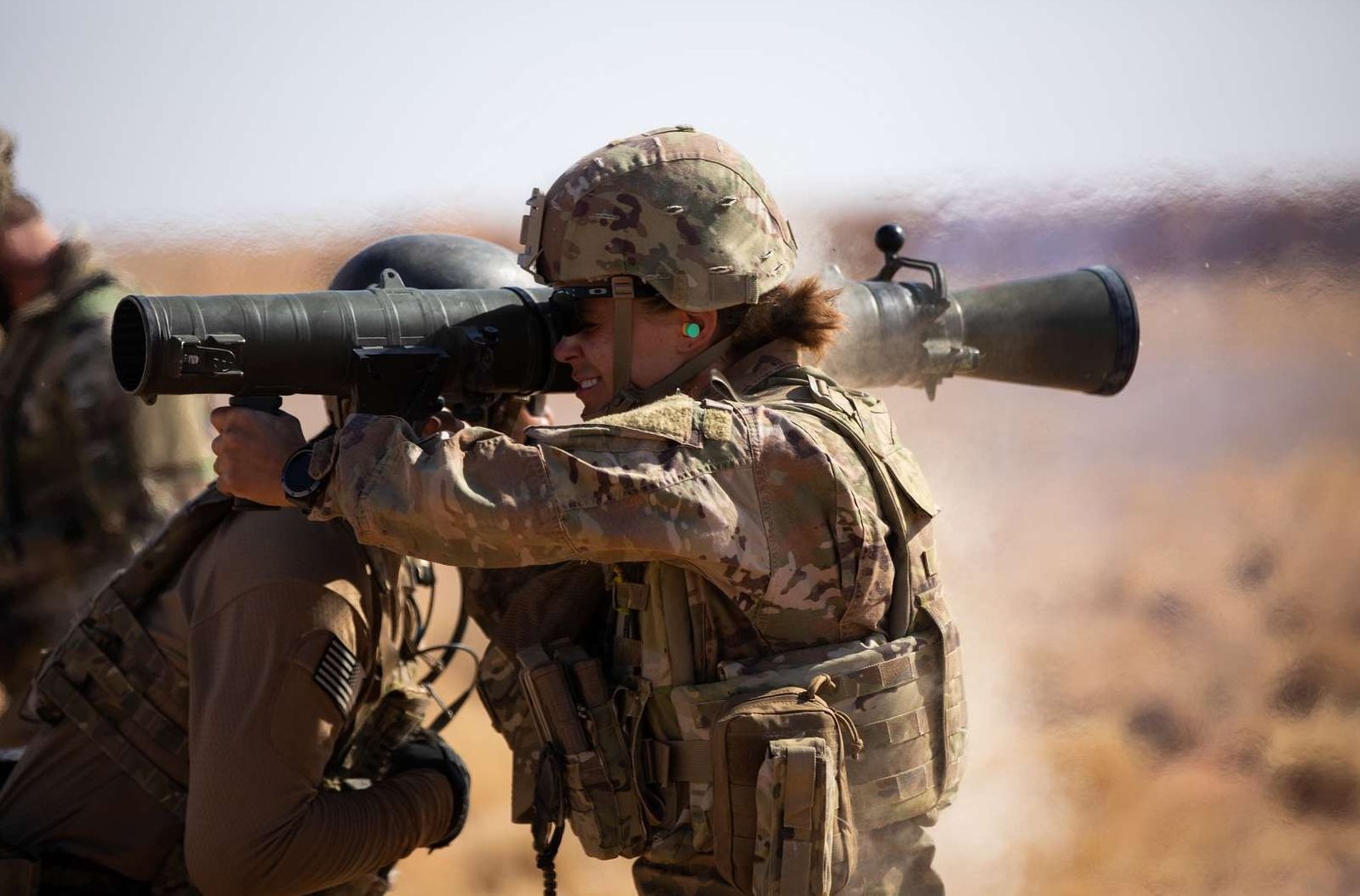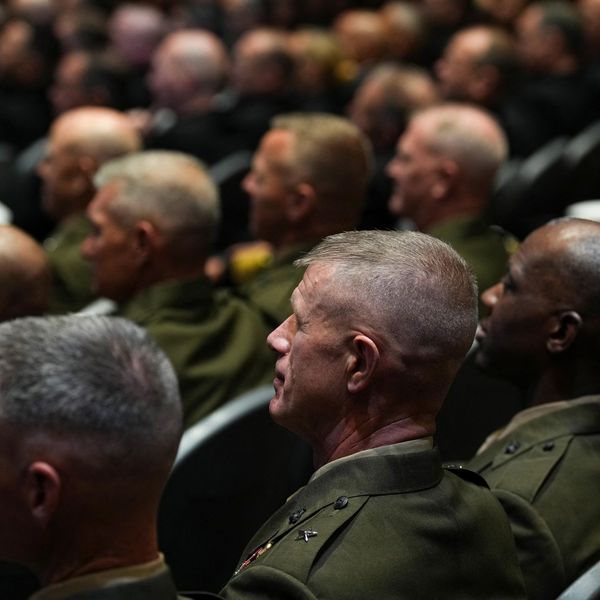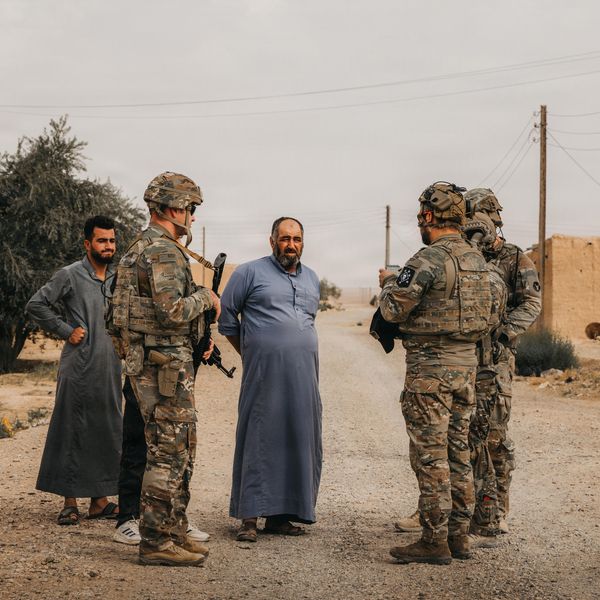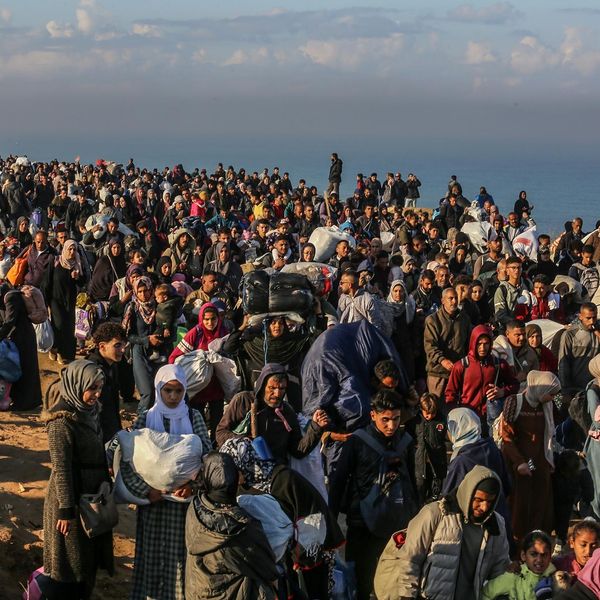In a new interview with Turkish TV channel, NTV, U.S. Ambassador to Ankara and Special Envoy to Syria Thomas Barrack announced that the American military would be significantly reducing its footprint in Syria.
“Our current policies toward Syria will not resemble the policies of the past 100 years, because those policies did not work,” Barrack to NTV. Additionally, Barrack confirmed that the Syrian Democratic Forces (SDF) were still considered an important ally for Washington.
Crucially, the ambassador gave concrete numbers regarding America’s “reconsolidation” of its presence in the country, saying, “from eight (military) bases, we will end up with just one.”
The reduction is “happening,” he added, noting that regional partners will need to take part in a new security arrangement for Syria. “It’s a matter of integration with everyone being reasonable.”
This jibes with today's news that the U.S. has already withdrawn 500 troops from the estimated 2000 it had in the country, according to Fox News.
Moreover, after his meetings last week with new Syrian President Ahmed al-Sharaa, Barrack signaled that the U.S. was not going to try to run Syria but transition to a support role for the new Syrian government, “enabling it.” He also announced that President Trump would be removing Syria from its list of states that sponsor terror.
The Trump administration has been signaling for months that it would reduce America’s presence in the country. An unnamed Department of Defense official confirmed in February that the Pentagon was drafting plans for a potential exit. Trump also ordered all sanctions to be lifted from Syria in May to give the country “a chance at greatness.”
The Syrian Civil War that started in 2014 came to an end in December 2024 when then leader, Bashar al-Assad, was ousted and replaced with the current president, Ahmad al-Sharaa.
In addition to internal conflict, Syria has been the victim of recent Israeli attacks, as well as an invasion beyond the UN buffer zone in southern Syria. Barrack said confidently that “America’s role is simply to start having a dialogue,” when referring to Israeli-Syrian negotiations.















